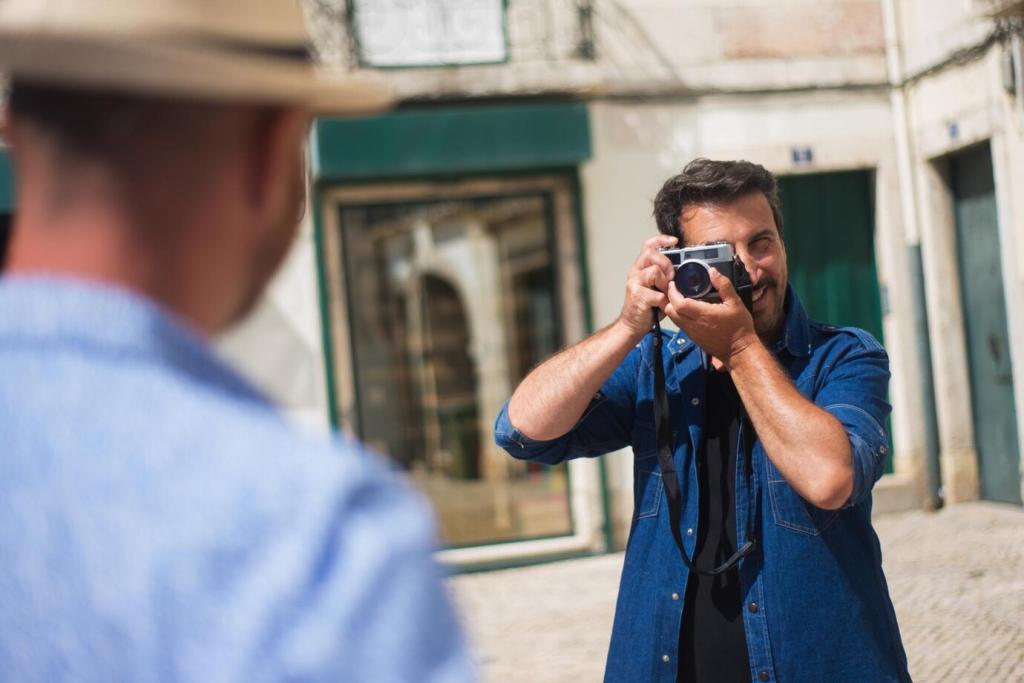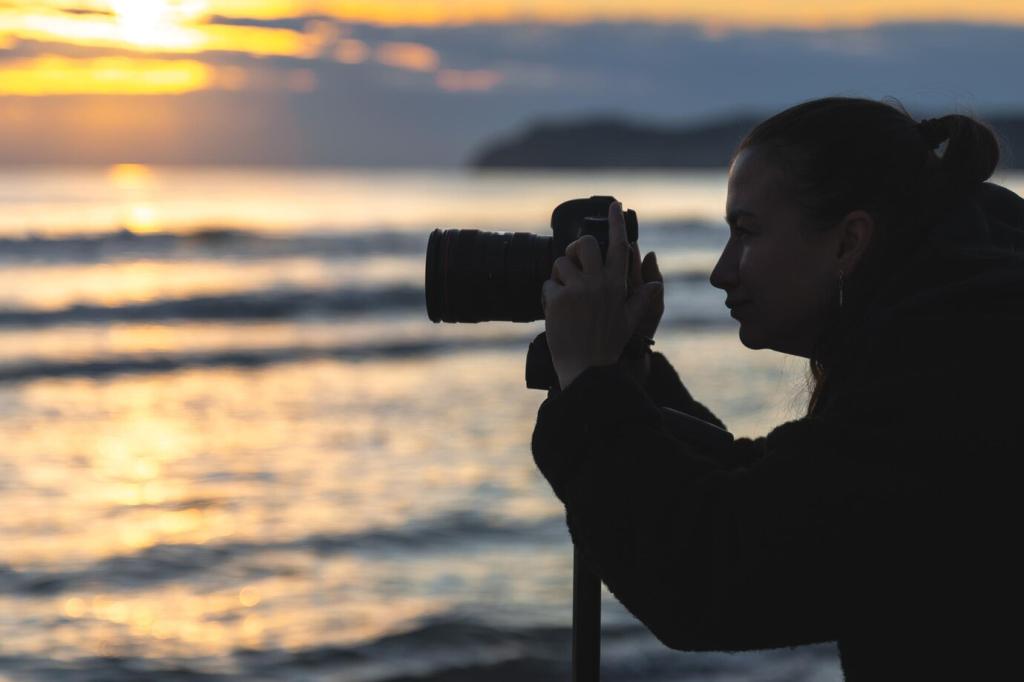Ethics and Etiquette: Get the Shot Without Leaving a Trace
Footsteps crush cryptobiotic soil and fragile plants. Keep to the trail and established rock. Use creative angles, not shortcuts, to find fresh compositions. The healthiest foreground is the one you do not trample for a shot.
Ethics and Etiquette: Get the Shot Without Leaving a Trace
Long lenses exist so we can give animals room. Know park-specific distance rules, observe behavior cues, and never bait or call. Wild subjects, unstressed, display authentic patterns that produce stronger images and protect future encounters for everyone.










